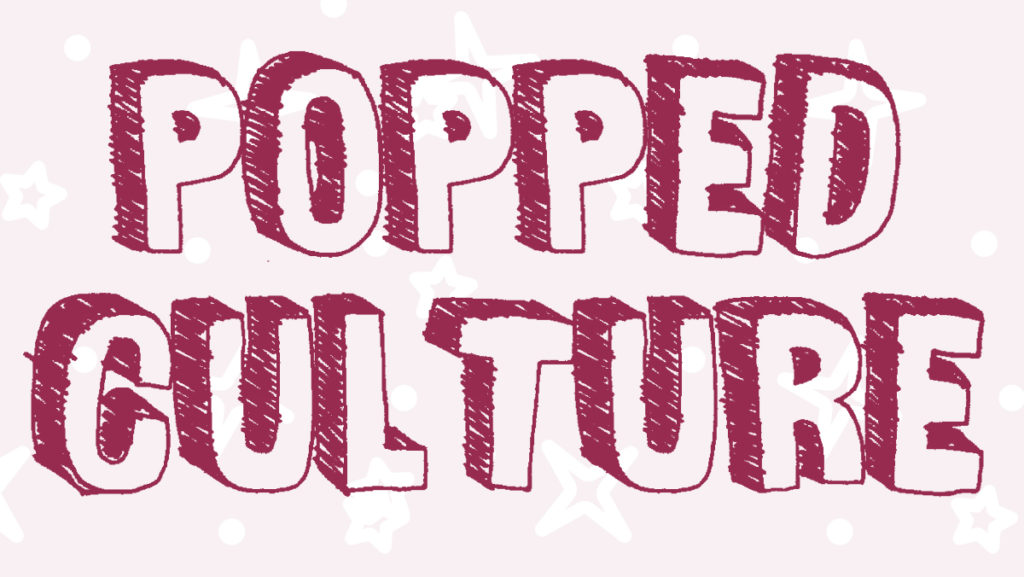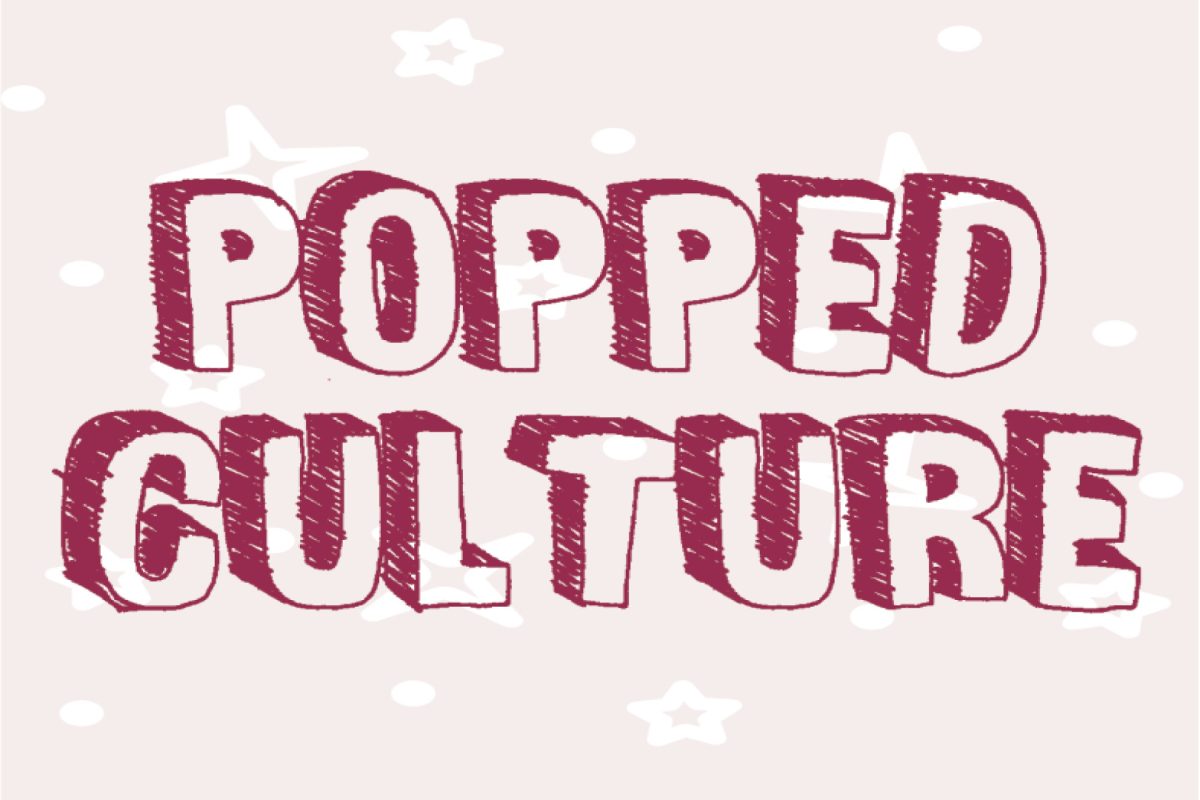This state of quarantine is no fun. Technologically, however, this pandemic couldn’t have happened at a better time. Streaming services have become more prevalent than ever in the fight against lockdown boredom. And the streaming service executives know it, too.
Time spent on streaming platforms spiked 34% from the weeks of March 2 to March 16, according to Nielsen. This period was when the coronavirus pandemic was declared a national emergency and just before states across the country told residents to stay home. Recognizing society’s need for entertainment, streaming companies have made their content more accessible. HBO offered a slew of free television series and movies in April on its HBO GO and HBO NOW apps, including “The Sopranos” and “The Wire.” Quibi, a shortform streaming service that features content made to be viewed on a cellphone screen, just launched in April and offers a 90-day free trial.
While streaming services have been a sense of comfort during this pandemic, let’s not forget who ends up on top when the pandemic is over. As unemployment soars and the lockdowns persist, streaming services reap the profits from our boredom. The free trials and content of these early months will soon fade, leaving viewers to choose among monthly subscription rates.
So how is streaming different in quarantine as opposed to when we could self-isolate by choice a few months ago? The key lies in accessibility. The fact is that we cannot watch the things we used to take for granted: Live sports, the weekly slew of network television procedurals and even your grandmother’s favorite soap opera aren’t coming out with new content.
To give consumers a taste of what we want, streaming services are targeting specific demographics in their selection of content. From April 27 to May 6, Amazon Prime made some of the entries from the canceled South by Southwest Film Festival available free of charge — all that was needed was a free Amazon account. For sports fans, NFL Game Pass is free through May 31. Sling TV has catered to the cable TV lovers by offering a free happy hour TV option. Theater fans can also get their fix during quarantine. The American Conservatory Theater has recorded its shows, like Branden Jacobs Jenkins’ “Gloria,” that are streamable through services like BroadwayHD. Additionally, Instagram TV has aided in keeping stage buffs entertained during quarantine by streaming “The 24–Hour Plays: Viral Monologues,” a collection of monologues written by 20 of theater’s top writers for 20 of the top actors.
While consumers have undoubtedly benefited from more accessible content, most streaming platforms aren’t doing this purely for our merit. Traditional streaming platforms with entrenched subscriber bases like Netflix have reported upticks in streaming time and subscriber growth. Netflix especially has been benefiting from this lockdown. Netflix’s hoards of original content — including viral shows like “Tiger King” and “Outer Banks” — have kept the streaming service at the top. Additionally, most of its production for its second–quarter slate of programming happened pre-lockdown, ensuring original content while other platforms may remain stagnant as we move later into the summer months.
Traditional venues of entertainment are out the door. Televised sports have been canceled. The news is becoming unbearable to watch as every day seems to bring more doom and gloom. And, well, who even watches network television anymore? As we continue to isolate ourselves, the ability to stay entertained is essential. We need worlds like “Stranger Things” that we can escape to during this period of uncertainty.
Additionally, this on-demand form of entertainment allows us to use the content as a way to connect with others. Sharing YouTube videos or joining a virtual watch party brings the conversations you miss so much to the comfort of your bedroom. Major League Baseball used Facebook, Twitter, Twitch and YouTube to host its “MLB The Show Players League” in which 30 big-league players represent their respective teams in a “season” for video game supremacy. Sport media site Bleacher Report also ran a simulated Madden tournament on its Twitch channel. The livestream was replete with betting lines, highlight reels and in-game commentary. It’s not the same as watching real sports, but at least there’s an outlet to root on your teams. Streaming services entertain, yes, but they make us feel included when we couldn’t feel more distant from others.
Twitch, a video game streaming platform, and YouTube also bring consistency to their user-generated content. This consistency helps to pace out our days by giving us something to look forward to. Slogging through an interminable Zoom conference? Fear not. Your favorite YouTube channel has a video coming out later that night. Can’t even tell what day it is anymore? No big deal. The Twitch notification that says your friend’s channel is live means it must be Tuesday.
This lockdown will be when the future finally overtakes the past. Movie theaters are already a dying breed across America because audiences value instant gratification over the silver screen. The more time spent under quarantine will not only financially impair movie theaters, but it could reinforce the modern methods of viewership to the point that spending $15 to see a movie just won’t seem worth it.
But is this the worst problem to have? Hardly. On-demand entertainment is far too precious to give up — even if the inevitable fees will make you tear your hair out. Enjoy the content these platforms bring. Just don’t be surprised when you have to pay for some of this content — or let some of them go.






